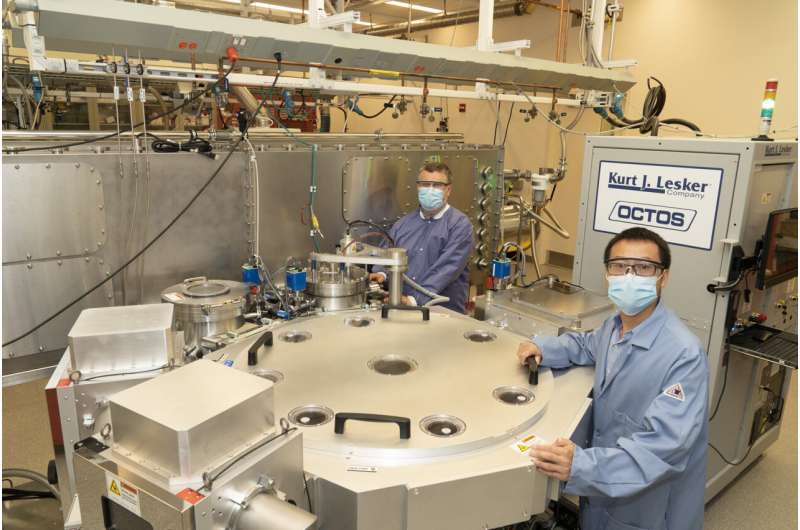Scientists studying two different configurations of
bilayer graphene—the two-dimensional (2D), atom-thin form of
carbon—have detected electronic and optical interlayer resonances.
In these resonant states, electrons bounce back and forth between
the two atomic planes in the 2D interface at the same frequency. By
characterizing these states, they found that twisting one of the
graphene layers by 30 degrees relative to the other, instead of
stacking the layers directly on top of each other, shifts the
resonance to a lower energy. From this result, just published in
Physical Review Letters, they deduced that the distance between the
two layers increased significantly in the twisted configuration,
compared to the stacked one. When this distance changes, so do the
interlayer interactions, influencing how electrons move in the
bilayer system. An understanding of this electron motion could
inform the design of future quantum technologies for more powerful
computing and more secure communication.
Layered graphene with a twist displays unique quantum
confinement in 2D



